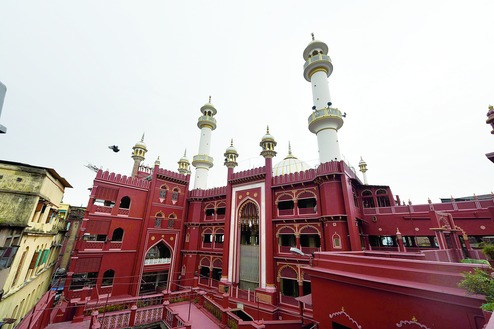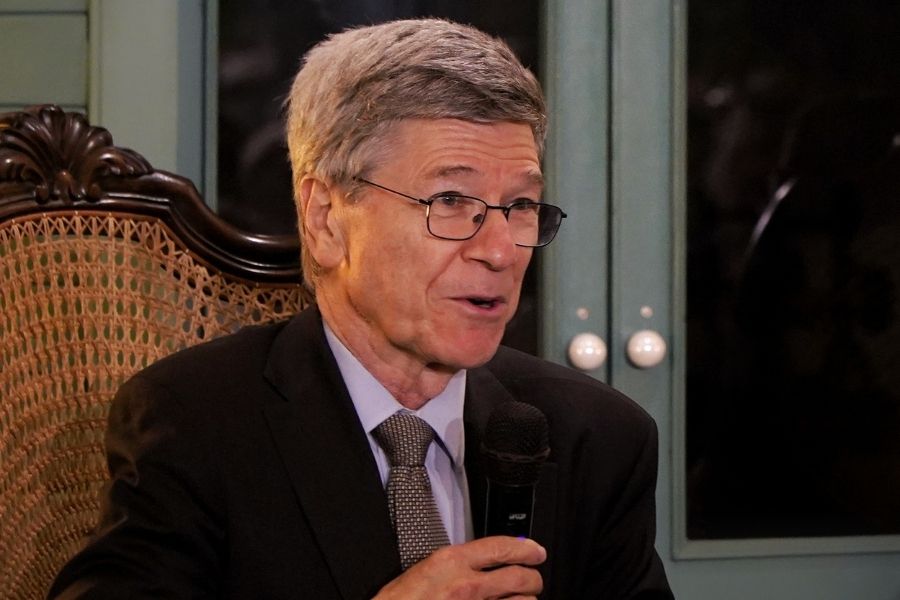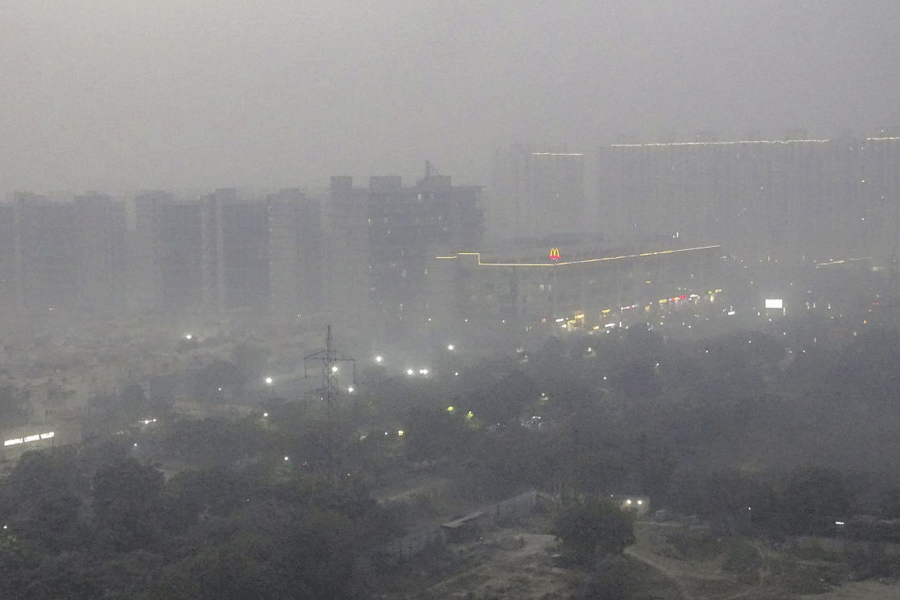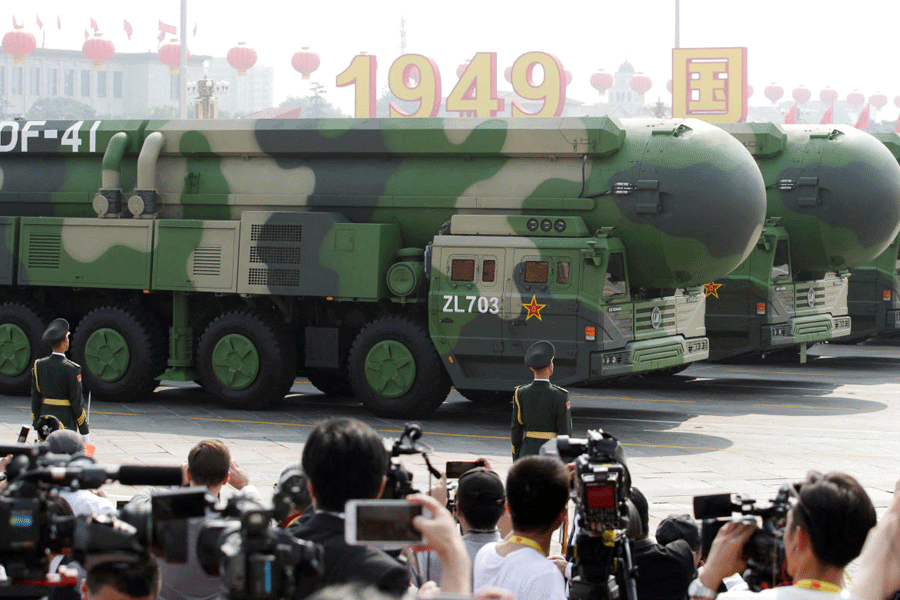
Chitpore: Nakhoda Masjid, the architectural gem tucked away in Calcutta's congested business district, has received its first makeover in almost 40 years ahead of the holy month of Ramazan that starts on Thursday.
Built and maintained exclusively by the Kutchi Memons, a prosperous community whose roots are in the Kutch region of Gujarat, Nakhoda Masjid's freshly painted minarets tower over the Burrabazar neighbourhood and overlooks the younger Howrah bridge in the distance.
The renovation and painting were done over two years, bit by bit, without disturbing either daily prayers or clamping any restriction on visitors. "We have only completed restoration and painting on the exterior of the masjid. We now need to work on the inside. We are trying to start that phase of work soon," said Mohammad Iqbal, a member of the Kutchi Memon Jamat that comprises the community of 25 families in Calcutta.
Most of the structure had been built 1926 onwards till 1935. Portions were added to the northwestern corner in the 1970s because of the need for a larger space to accommodate all the people who would come to pray.
There had been two smaller mosques at the site in the nineteenth century, both built by a woman, before a larger predecessor of the four-storey Nakhoda Masjid came up in 1857.
The existing place of worship got its name from the surname and profession of the Kutchi Memons of the nineteenth and early twentieth centuries, most of whom were in the shipping business. Nakhoda, a term originating from Persian, means "captain" of a vessel.
The bright red terracotta colour of the walls and the mixture of metallic silver and gold on the minarets give Nakhoda Masjid a majestic look.
Mohammad Noor Alam, one of the two imams, was giving instructions to his staff on Wednesday to switch on the lights on the tip of the two taller minarets to check if they were working. "These lights will be switched on once we see the moon. They are meant to act as a beacon for people living far away, who wait to see the lights and become sure that the moon has been sighted."
According to a member of the Jamat, people waiting to see the minaret lights come on was an integral part of the run-up to Ramazan.
"In the Islamic calendar, a month comprises either 29 or 30 days. If the imam sees the new moon on Wednesday, it will be the last day of the current month. Thursday then becomes the first day of the next month and the start of Ramazan," said Mohammad Qasim, a jewellery businessman.
The month before Ramazan is called Shaban.
A crowd had gathered at the mosque around 6pm on Wednesday even as the imams looked at the sky for the first sign of the new moon appearing.
The call of the Nakhoda Masjid regarding the sighting of a moon is regarded as the final one in Bengal. Ramazan starts and Id is celebrated after a month of fasting based on the announcement made from this very mosque on Zakaria Street.
During Ramazan, the lights on the minarets are switched on in the evening to signal that it is time to break the daylong fast. They glow again around 3am and are switched off at 3.30am to signal that the period of fasting has resumed.
The trustees of Nakhoda Masjid have installed a new public address system so that the presiding imam can be heard clearly during namaz.
Iqbal said that the smaller mosques that originally existed at the site were both pulled down in 1857 after Haji Zakaria, the merchant after whom the street is named, took the initiative to build a larger place of worship. He donated some of his property and acquired some adjacent ones for the new mosque.
In 1926, another merchant, Haji Abdul Rahim Osman, pulled down portions of the larger mosque to build the current structure.
During this time, about 300 Kutchi Memon families of Calcutta had donated money to build the mosque, a trustee said.










